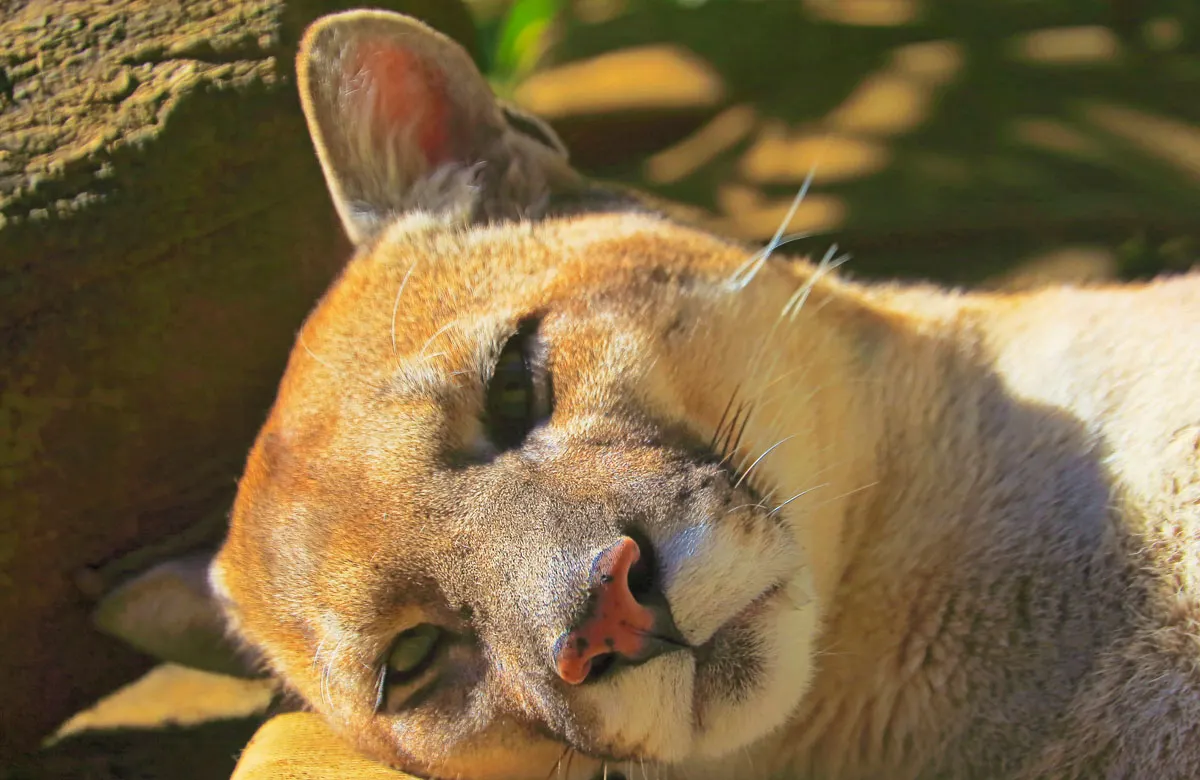Introduction
The recent surge in bird flu cases has sent shockwaves across the United States, not only impacting avian populations but also raising significant concerns about the health of domestic cats and various zoo wildlife. The H5N1 strain of the avian influenza virus, known for its severe effects on birds, has begun to exhibit a troubling trend, infecting and resulting in fatalities among felines and other species in captivity. This situation has prompted urgent inquiries into the virus’s transmission pathways, the ecology of affected populations, and the potential repercussions for wildlife and pet owners alike.
The Current Landscape of Bird Flu
Bird flu, particularly the H5N1 strain, has historically been a concern for poultry farmers and avian species. However, its recent spread has illustrated a troubling versatility, infecting mammals. In the past year, reports have indicated multiple instances of cats and zoo animals, including big cats such as lions and tigers, contracting the virus, leading to severe illness or death.
The Mechanism of Transmission
Understanding how bird flu is transmitted to mammals is crucial in mitigating its effects. The primary mode of transmission is through direct contact with infected birds or contaminated environments. Felines, often curious by nature, can easily come into contact with droppings or secretions from infected birds, thus becoming potential hosts for the virus.
In zoo settings, the transmission dynamics can be even more complex. Animals such as tigers, which may have been in contact with contaminated environments or feed, are particularly susceptible. The close quarters of zoo habitats can facilitate the rapid spread of the virus among different species, raising alarm among wildlife veterinarians and conservationists.
Impacts on Domestic Cats
The implications for domestic cats are particularly concerning. Reports from various veterinary clinics indicate a rise in cases of respiratory illness and sudden fatalities among cats, with some testing positive for the avian influenza virus. This development highlights a few critical points:
- Increased Vigilance: Pet owners are urged to monitor their cats closely for any signs of illness, especially if they are allowed outdoors.
- Preventative Measures: Keeping cats indoors during times of heightened bird flu activity may help reduce their risk of infection.
- Veterinary Awareness: Veterinarians are advised to consider avian influenza in their differential diagnoses when treating cats displaying respiratory symptoms.
Symptoms to Watch For
Symptoms of bird flu in cats can mirror those of other respiratory illnesses, making early detection challenging. Owners should be aware of the following signs:
- Difficulty breathing or rapid breathing
- Fever and lethargy
- Coughing or sneezing
- Loss of appetite
- Neurological signs such as tremors or seizures
Effects on Zoo Wildlife
The impact of bird flu on zoo wildlife is another dimension of this unfolding crisis. Zoos serve as critical conservation centers for many endangered species, and an outbreak of a highly pathogenic virus like H5N1 can have devastating effects.
Case Studies in Zoos
Several zoos have reported instances of infection among their animal inhabitants. For example, in a noted incident, a zoo in the Midwest lost several big cats to the virus after an outbreak in local bird populations. This incident underscores the critical need for zoos to:
- Implement Biosecurity Measures: Enhanced protocols for animal care, food supply, and habitat sanitation are essential to prevent the introduction of the virus.
- Monitor Animal Health: Regular health assessments and surveillance can help detect early signs of infection.
- Educate Staff and Visitors: Awareness campaigns about the risks associated with bird flu can help mitigate the spread.
Broader Ecological Implications
The ramifications of bird flu extend beyond immediate fatalities. The virus’s ability to infect mammals poses a threat not only to domestic pets and zoo wildlife but also raises concerns about broader ecological impacts. Ecosystems are often delicately balanced, and the introduction of a virulent pathogen can disrupt food chains and predator-prey dynamics.
Furthermore, there is the potential for the virus to mutate, possibly leading to strains that could infect humans. While this risk remains low, it is not negligible, particularly given the interconnectedness of wildlife, domestic animals, and human populations.
Preventative Strategies and Future Directions
As health officials and wildlife experts grapple with the implications of this virus, several strategies are critical in addressing the situation:
Public Health and Awareness
Raising awareness among pet owners about the risks associated with bird flu is paramount. Public health campaigns should focus on:
- Educating pet owners on keeping their cats indoors
- Encouraging reporting of unusual pet illnesses to veterinarians
- Disseminating information about safe interactions with wildlife
Research and Monitoring
Ongoing research into the epidemiology of bird flu and its effects on mammals is crucial. Increased surveillance in both domestic and wild populations can help track the virus’s spread and identify potential hotspots. Collaborative efforts between wildlife agencies, veterinary services, and public health organizations will be vital in managing this emerging threat.
Conclusion
The recent surge of bird flu cases highlights a significant and evolving challenge for wildlife and domestic pets in the United States. As the virus continues to affect cats and zoo animals, it raises urgent questions about transmission, ecological impacts, and public health implications. Through enhanced awareness, vigilant monitoring, and proactive measures, stakeholders can work together to mitigate the risks posed by this virus and protect both our furry companions and the broader wildlife ecosystem. The situation remains fluid, and ongoing research will be essential in understanding the full scope of this emerging health crisis.
See more WebMD Network



